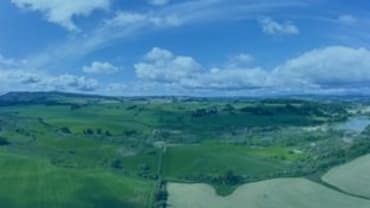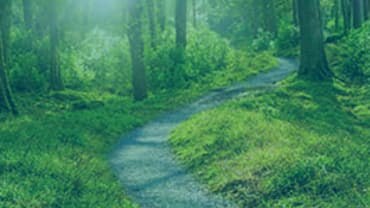<Owners of rural land and estates are often approached to host a variety of events on their property. The revenue and press coverage may well be attractive, but the risks of hosting such an event should be carefully considered before you say yes.
<One of the main risks is your potential liability if a worker at the event or a visitor has an accident. What happens if a person is injured and brings a claim against you? Who will pay for that claim? The costs could be considerable, especially where the injury or injuries sustained are of a serious nature.
<You will not be liable for all accidents which occur on your property but it is important that you understand what the law requires you to do so that you can assess the risks of an accident occurring and the risks of you being responsible for that accident - and then take steps to reduce those risks, so far as possible.
<As an owner of rural land or an estate, when might you be liable for an accident?
<As a landowner, your duty of care to a worker at an event, or a visitor, would normally arise from your capacity as an "occupier" of the land. Most Scottish personal injury claims brought against an occupier are based on a breach of the Occupiers' Liability (Scotland) Act 1960 (the 1960 Act).
<The 1960 Act imposes a duty on occupiers to take reasonable care to avoid persons suffering injury as a result of dangers due to the state of the property or anything done or omitted to be done on the property.
<In order to establish a breach of the 1960 Act, the injured person must be able to prove three things; (1) that you are the occupier of the land, (2) that there was a danger and (3) that you failed to take reasonable steps to avoid injury.
< 1. Are you the occupier for the purpose of the Act?
<In order for you to be an occupier, the injured person must prove that you had control over the property and, in particular, whatever it was that caused the accident.
<It is important to note that an occupier might not necessarily be the owner of the property and that there can also be more than one occupier. The key question is who had control of the property at the time of the accident?
<In the case of <Craig Anderson v John Imrie and Antoinette Imrie 2018 <the Court had to determine who the occupier of a farm was at the time of an accident involving a child who was injured by a gate falling on him.
<The farm was owned by Mr Imrie senior. Mr Imrie's son, John, and his wife, Antoinette, lived on the farm. John Imrie was employed by his father to work on the farm.
<The court held that John and Antoinette Imrie had practical and effective control of the farm on a day-to-day basis and were in a position to take the steps required to comply with their duties under the 1960 Act. They were, therefore, the "occupiers" of the farm at the material time - although it should be pointed out that the identification of the occupiers of the farm was not ultimately key to liability in this particular case - it was, instead, the failure to supervise the child properly.
<In determining whether you may be deemed an occupier for the purposes of the 1960 Act, the main factors to think about are therefore (i) who can invite or exclude individuals from coming onto the land, (ii) who has responsibility for inspecting the property for dangers and (iii) who has responsibility for rectifying any defects. You should also be aware that even if you have a tenant on the land, you might still be liable for the accident as a landlord under the 1960 Act if you have responsibility for maintenance or repairs.
< 2. Was the accident caused by a danger on the land?
<Once the injured person has established that you are an occupier, he or she must then prove that the accident occurred because of a danger on the land. Not everything which has the potential to cause injury will be considered a danger.
<In general, features of the natural landscape, while giving rise to a risk of injury, will not be considered a danger if they are longstanding and obvious. There are lots of cases which deal with this issue but, for example, in Fegan v Highland Regional Council 2007 the claimant fell from a cliff on land controlled by the Council. She argued that the Council should have fenced the cliff edge. The Court held that an occupier was not expected to provide protection against an obvious danger on his land which arose from a natural feature such as a lake or a cliff. However, the decision may have been different if the case had involved a child and the lake was considered an "allurement" to which it would be reasonably foreseeable a child may be attracted.
<Even manmade features may not be dangers. In Graham v East of Scotland Water Authority 2002, the Judge found that a reservoir and wall were not a danger, despite being man made because they were "well-established, permanent and familiar features of the landscape". Similarly in <Michael Leonard v Loch Lomond (CSIH 2015) <a path in a national park was not a danger because it did not create a "special or unfamiliar hazard".
<In order to successfully establish that a feature of the land presents a danger, the injured person must show that there is something special, hidden or unusual about it. xtagstartzFor example, in











